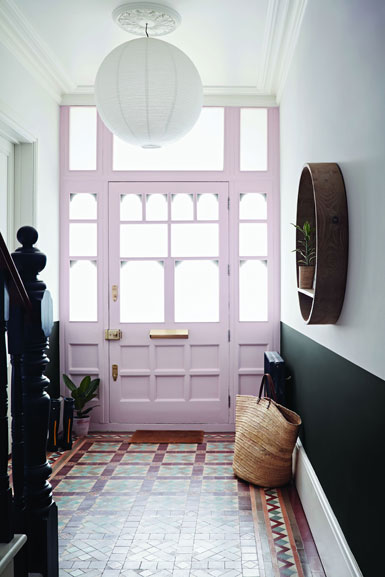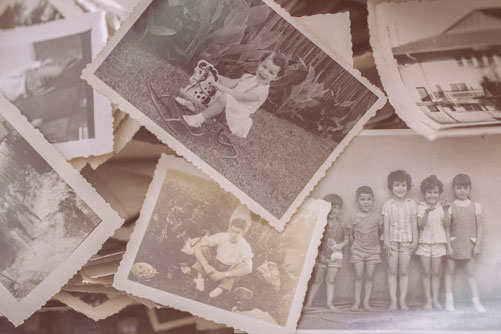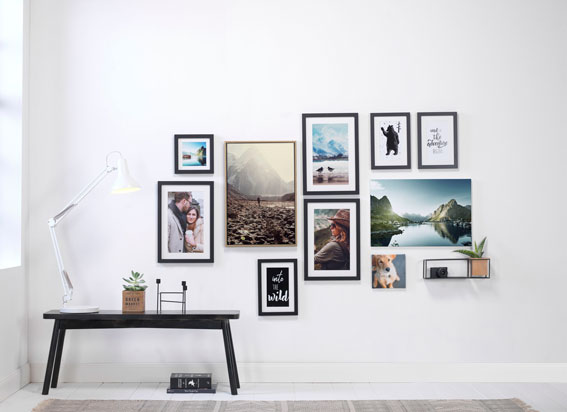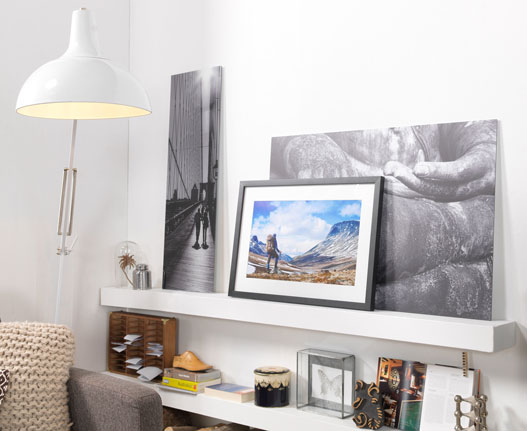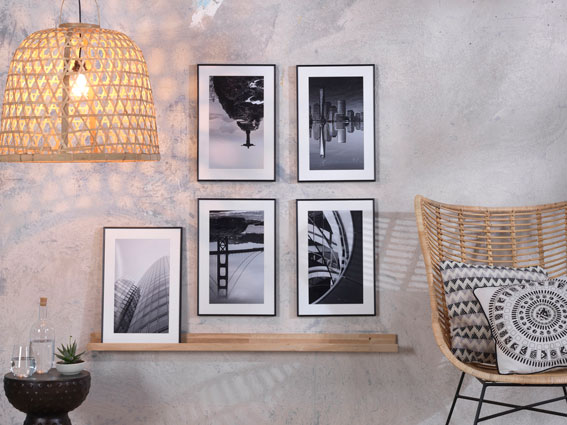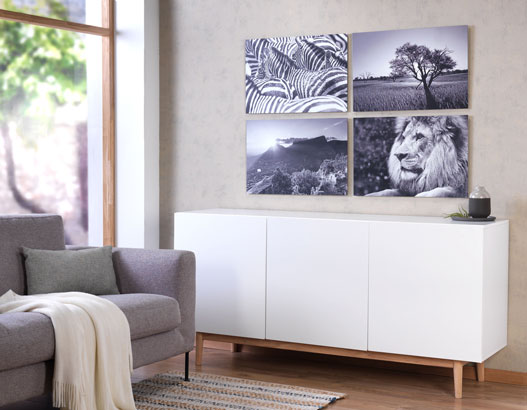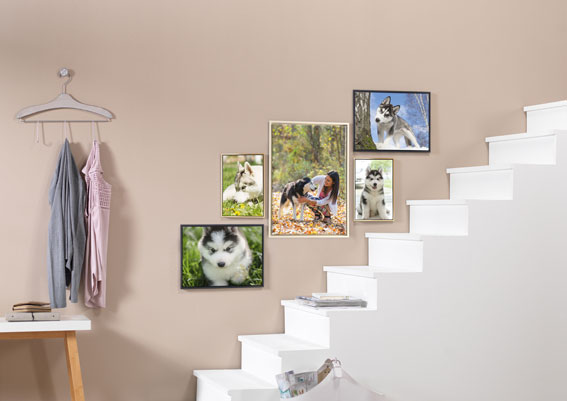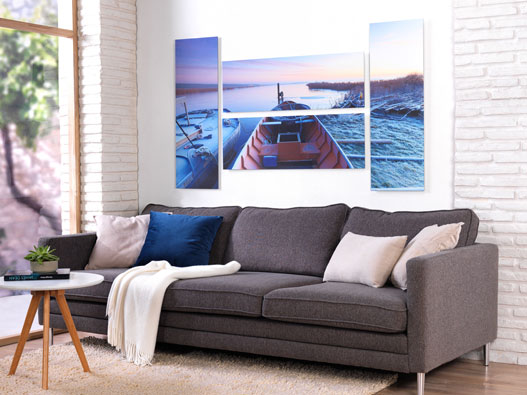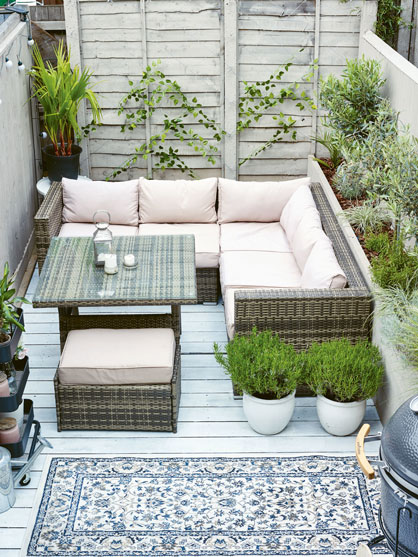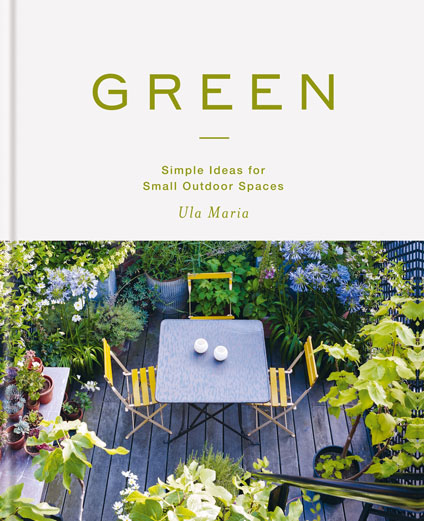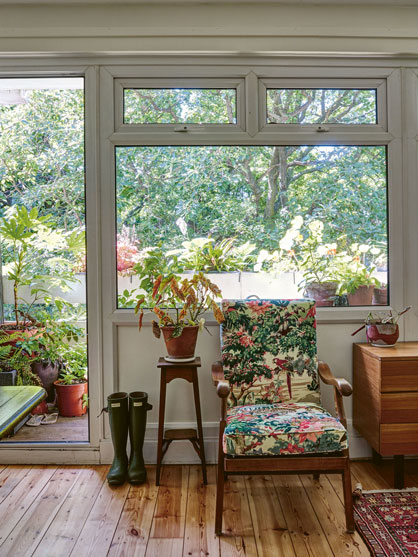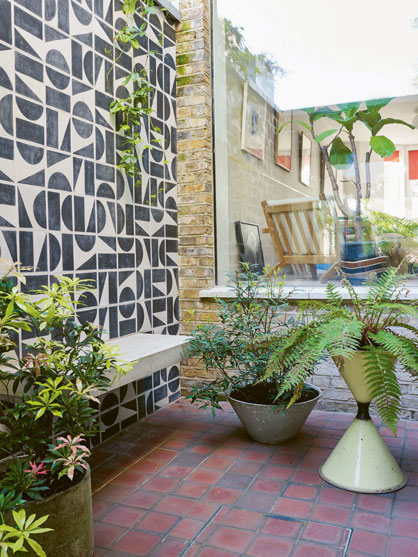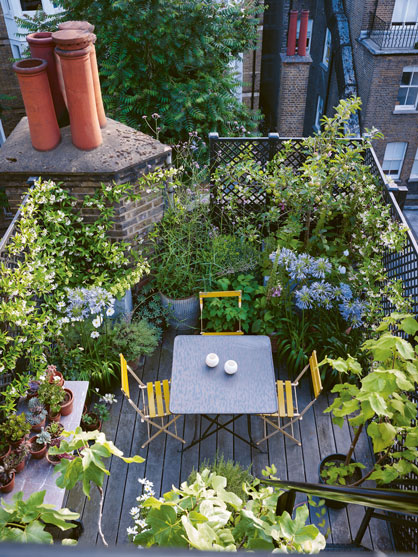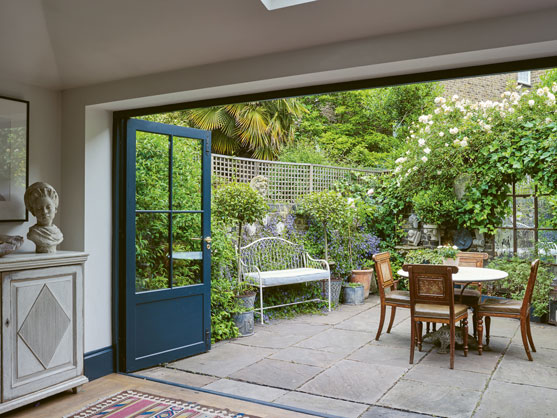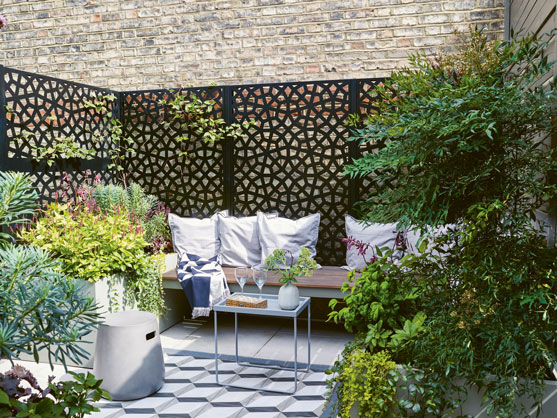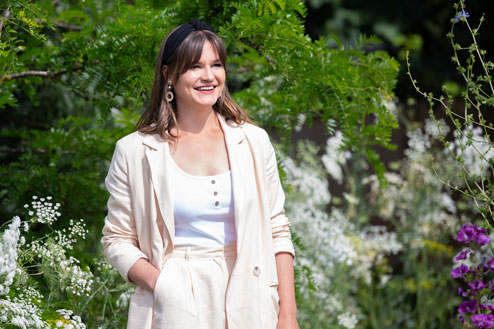Surprisingly versatile and super-sophisticated, Sam Wylie-Harris explores the pulling power of pink.
Pink comes into its own in springtime – and we’re not just talking fragrant blooms and bridesmaids’ dresses.
From soft, dusty hues to the palest blush, pink is one of the most playful shades to bring into your home, and you don’t need to be in the first throes of love to embrace a pink palate.
Indeed, this season’s candy crush isn’t all saccharine sweet, and neither does it delve into Barbie territory. Pink interiors can be super-sophisticated and subtle, and styled to bring beauty and radiance without having to go over the top. This is all about shifting our perceptions on how to ‘think pink.’
“The colour pink evokes sophistication and playfulness. This romantic shade can instantly bring a subtle sense of femininity into your home, through the use of accessories and homewares,” says Claire Hornby, head of creative at Barker and Stonehouse furniture designers.
“You’ll be surprised how easy it is to create a fresh and airy living space when using pink to style your space. What I love about this colour is that you don’t have to completely redecorate to be able to introduce this palette.”
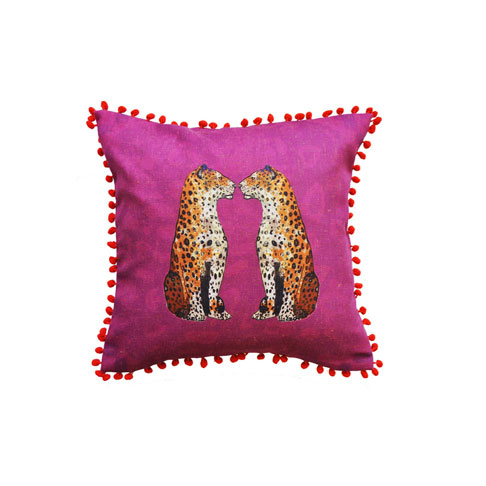
Adding pink accents
“Whether you want to add bold pops of bright pink or duskier pinks for a neutral feel, it’s possible to transform your space with key furniture pieces and accessories,” says Hornby.
“Add a burst of colour and opt for a gorgeous armchair in a soft rose hue, or if you want to experiment further, a showstopping sofa with a mid-century design would look wonderful.
“To balance the look and to keep it light, complement your pink pieces with lots of white for a timeless and versatile look.
“Alternatively, if you’re looking to enhance an existing neutral palette, introduce dusty pink cushions and smaller accessories, such as tealight holders, throws or vases,” Hornby suggests.
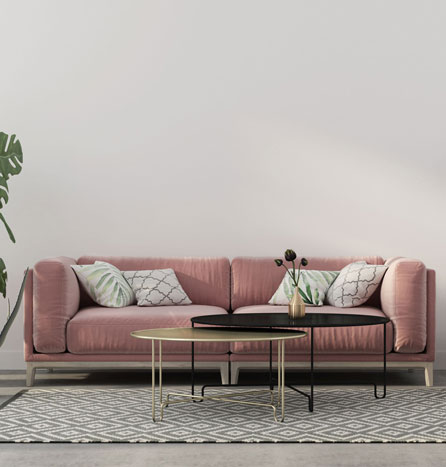
Pink is ‘the new beige’
When it comes to creating a scheme, furniture and soft furnishings can be used as key building blocks too – and pink is practically a neutral now. In other words, it just works, and it’s perfectly OK to use it sparingly.
Suzy McMahon, buying director for Sofology furniture designers, says: “For many homes, particularly over the past few years, pink has become a neutral tone offering a contemporary twist on the traditional beige. Opting for a pink sofa or armchair is the perfect way to bring the shade into the home, creating a base that can be built upon.
“Layering blush and powder tones with shades of grey creates a fresh, modern look that isn’t overly romantic. ,” McMahon adds. “Keeping patterns minimal and not too feminine will create a space that all family members and guests can enjoy spending time in. Light woods and metallics work particularly well with softer, rose type hues.”
Alternatively, she suggests bolder, brighter shades can be used to reinvigorate spaces and as a statement focal point in the room.
“Pairing with monochrome or darker hues, such as teal, will ensure the pink pops. Be careful to not opt for too many clashing colours, as schemes using bolder shades should be playful yet considered. If you have your heart set on a deep pink sofa, try to pair it with neutral walls and floors to ensure the seating isn’t lost in your room,” McMahon adds.
She says texture is key with pink, and suggests thinking about the overall style you’re looking to create. For example, a blush velvet will create a very different feel and impact to a blush cotton. “Ask yourself: are you looking for something opulent or pared back, traditional or contemporary?”
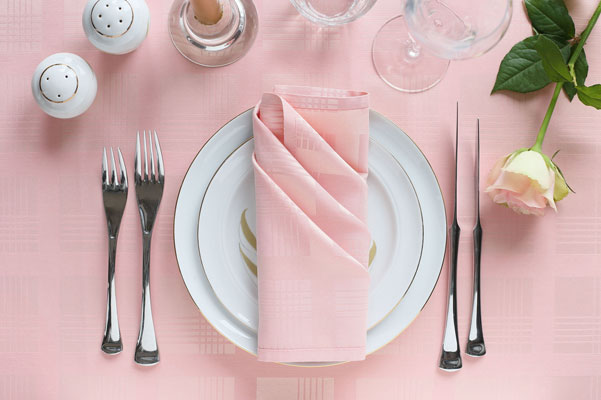
Table dressing in pink
If you’re still feeling a bit shy about adding a permanent dose of pink, you can always set the scene with a pink tablecloth, which can quickly be cleared away – and a stylish solution to investing in something more serious and sophisticated. It’ll also work beautifully with rose wine season coming into full swing, as we drink pink for the foreseeable future.
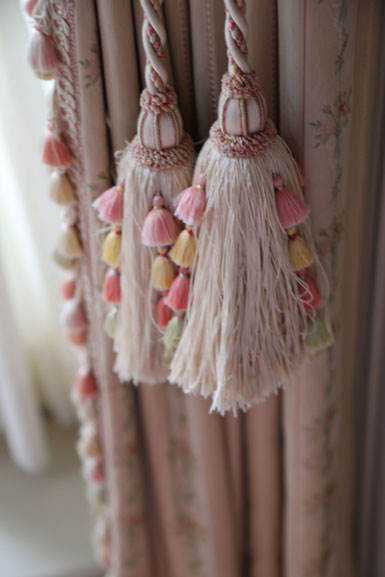
Pimp up your pink
Of course, putting pink in the spotlight doesn’t mean having to create a whole canvas of rosy hues. And if you’re worried about a pop of pink having a short shelf life, you can always give the look a modern edge by layering, intensifying and styling with a shot of electric pink.
Think bubble-gum pink candles, a cloud of candy floss in one particular corner of a room and A-list trimmings – cushions and throws are a good starting point. A lampshade or curtain tie-back made out of flamenco pink feathers or electric-pink pom-poms are always top of our wish list.
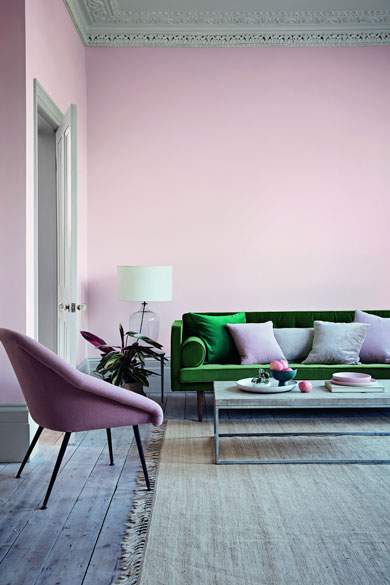
Pick a pink paint
“Neutral and muted tones of pink are complex and add areas of interest, yet they’re easy to live with,” says Judy Smith, colour consultant for Crown Paints. “Pink looks particularly sophisticated and smart when used as a backdrop to contemporary natural materials and most modern furniture designs.
“Pink works really well with cool neutrals, such as brilliant whites and all tones of grey – from light to moody,” she adds. “The choice depends on what type of look you’d like to create – bold and dramatic, or cool and restful.
“If you want to create a warmer space, try pairing neutral pink with either earthy terracotta shades or a warm cherry.”
To create a dramatic scheme and make sure pink looks up to date and edgy, Smith suggests adding touches of black or charcoal, perhaps in fine outlines on the wall, woodwork or in furniture.
“It brings this soft tone more into focus and makes it look fresh and modern. The pink and charcoal colour combination is also incredibly versatile and can easily be adapted to suit all types of styles, from industrial chic to minimal Scandi or modern country,” Smith adds.
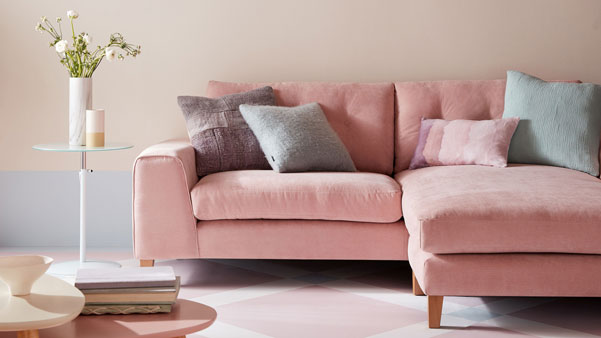
Laying down a pink path
“Flooring is the perfect place for pink, as it creates an on-trend base that can be built upon and transformed instantly with a few considered accessories,” says Jemma Dayman, buyer for carpets at Carpetright.
To create a calming and tranquil atmosphere, she suggests opting for carpet in a soft, blush shade, which can be warmed up with statement furnishings.
“If you’re keen on pink but aren’t sure you’d like a complete scheme, a contemporary rug is an affordable way to add a dash of colour without the commitment,” advises Dayman. “Allow yourself to have a little fun with your rug choice and opt for something you’ll love for years to come; it may stay in the same room but you might also find yourself moving it to another place as your tastes change.
“Rugs allow for personality to shine through, whether you’re opting for a whimsical novelty pattern or an art deco inspired geometric design.”

